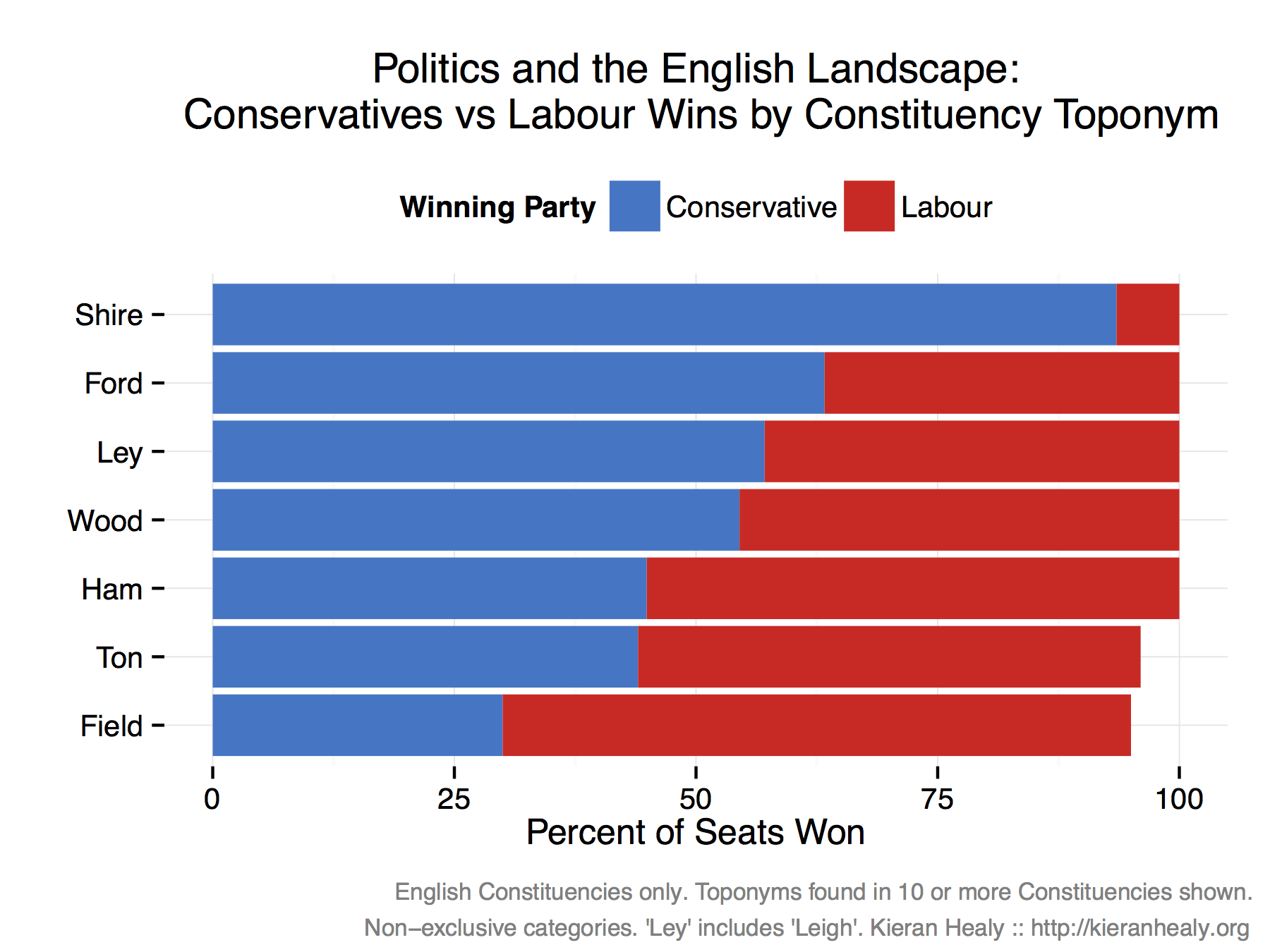The wave of protest and unrest in the wake of George Floyd’s killing by the police shows little sign of abating just yet. Unrest nationwide is, if anything, increasing as protesters are met with repression by the police. Civil unrest of this scope is unusual. The conjunction of mass protest and widespread disorder should be worrying to those in authority.
When property damage and theft happens as a side-effect of real mass protest, authorities in a democracy cannot baton, tear gas, or shoot their way to legitimacy. People want social order, but this isn’t like quelling a riot after a sports game. The key issue—as the Governor of Minnesota put it the other day—is that “there are more of them than us”. All the tactical gear in the world isn’t worth a damn, ultimately, if enough of the population ends up in open revolt against civil authority. There are just too many people.
That’s one reason the Army are on the scene already in DC. If the mobilization is large enough and it’s met with police repression and brutality—rather than some more accommodating strategy—then it will only take a few days before things seem to spin right out of control. The desire to present a “show of force” to protesters is understandable. It can be strategically sensible, too, insofar as it is aimed both at dealing with those in the streets and at securing the support of an approving audience who just want things to calm down. This calculus can change rapidly, however, as larger and larger numbers of people become directly and indirectly supportive of the protests.
Those actually running cities, and city police forces, are usually aware of this. Practical experience and decades of research makes it clear what’s at stake when “ordinary criminal behavior” is happening in the context of mass protest rather than as mere disorderly conduct. This is one of the reasons that authorities tend to blame “outside agitators” or “the media” or “protesters from out of state” as being the real cause of unrest. Protest organizers will do this too, often enough, blaming disorder on fringe groups or provocateurs who have illegitimately attached themselves to an otherwise peaceful protest. But if the bulk of a city’s population really is directly engaged in mass protest or indirectly supportive of it, and these protests are met with force by the authorities, then violent disorder will start to look less like pockets of disruption disapproved of by all and more like the loss of legitimacy.
In the United States, these pressures are exacerbated by racial stratification. The deep-seated racism of almost all aspects of U.S. life, and the residential racial segregation of many cities, makes it easier to mobilize the support of whites for the use of force in the name of social order. Even here, crises have been accommodated by efforts to redirect unrest towards an ordinary political process. The demand for social order without repression, after all, is not restricted to whites.
President Trump has no interest in routine politics. His instincts are authoritarian, his interest in the mechanics of governance is nil, and his attention span is minimal. He has been happy to cultivate the political support of the police and to egg on its paramilitary elements. Trump’s temperament intersects badly with long-term trends. The increasingly paramilitary culture (and equipment) of U.S. police forces has been noted by observers over the past twenty five years. The police were already aware that, thanks to astonishingly strong union contracts, weak internal oversight, and the doctrine of qualified immunity, individual officers would face no or minimal consequences for the use of excessive force, up to and including force that resulted in someone’s death.
Trump’s personal attitudes merely catalyzed what was already there. But it did so on both sides. Trump started out as a very unpopular leader and the scale of the economic crisis accompanying the COVID-19 pandemic has made everything much worse. Structurally, lockdown has put millions of people out of work. Contingently, the relatively small but highly visible wave of reopening protests threw the current unrest into sharp relief. In the former case, white protesters were allowed to vent their anger directly in the faces of police in ordinary uniform. Masked men with armalite rifles were permitted to walk onto the floor of state legislatures in the name of liberty. Such things are of course simply inconceivable in the context of black-led protest.
Thus were created the conditions for the fusion of mass protest and violent unrest. In the absence of mass mobilization for protest, imposing “Law and Order” by force is usually a politically successful tactic, at least in the short-run. The demand for order is the most basic demand of political life. But attempting to impose order by force when people are protesting in the streets en masse is much riskier, both for the leader wanting to “dominate” and for political institutions generally. A competent democratic leader may effectively de-escalate conflict and return it to the sphere of ordinary political struggle. Alternatively, a competent authoritarian may secure control of the police and military and get the backing of enough people to leave democracy behind. What you generally can’t do in a democracy, though, is “crush” or “dominate” real mass dissent purely by force without also causing political institutions to come crashing down around your head.


